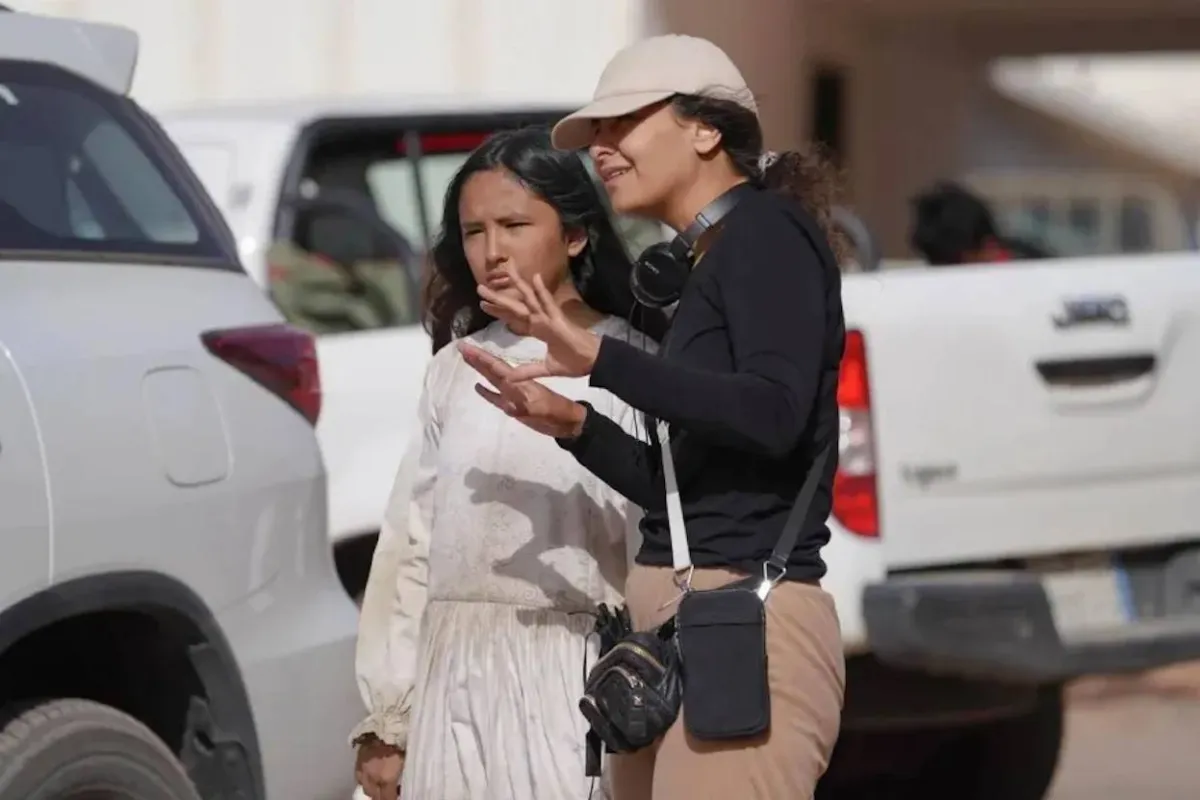Introduction to Shahd Amin’s Work
At least in the history of the works of the young Saudi director Shahd Amin, there are two films that stand out in her portfolio. The first is "Houria and Ain" (2009), a short film about a girl named Hanan, who slaughtered her father every hour to close Houria to extract pearls from her. After years, Hanan meets and she became a young woman on the nymph again. The second film is "The Lady of the Sea" (2019), in which she told the story of a young girl who, according to the traditions from Qasran, escapes and realizes that her survival is alive, she has to work on hunting ships as men.
The Lady of the Sea
"The Lady of the Sea" was a film that experienced the first high writer, and it was received by the critics who saw him well and was shown at more than 10 international festivals, and prices came from "Carthage Film Days", "Venetia Festival" and "Sydney Film Festival". This film marked a significant milestone in Shahd Amin’s career, showcasing her ability to tell compelling stories that resonate with audiences worldwide.
A New Direction: Immigration
In her new film "Immigration", Shahd Amin moves from the sea into the desert and from the film with limited skills to a large production film, which was supported by the "Saudi film authority" by a prevailing 70 percent, and took part in the production of the Egyptian "Clinic" Company. What is not different is the director’s interest in the components of her female characters. When asked about this aspect, she says: "My stories usually turn in a different time than you know. As you know, social life has developed strongly in the kingdom, and part of my wish to achieve this film is the approach between the present and the past. My goal is not to compare because Saudi Social Histor is full of nice values."
The Story of Immigration
The history of "migration" begins with a shot that is unclear. Shahd Amin says about her: "I wanted some uncertainty and a feeling of separation between watching the film and the live characters." The events themselves begin quickly and with confidence: a bus that carries a group of women to Hajj, including grandmother and their granddaughter. After reaching the outskirts of Mecca, the great-granddaughter disappears. The granddaughter we know as "Ste" (plays a charitable role) refuses to go to her without her lost granddaughter Sara with the help of her other granddaughter Lamar Faddan. From this position, the film is shot as a long road trip that not only researches the events, but the places where they rotate, and the traditions in which their social environments live, as well as the religious and cultural belonging of the place and its history.
Themes and Symbolism
The film does not stop here, and the story is just a "Road Journey" film, but this aspect is like a cover that contains history, its people, his desert and its mountains. Shahd Amin says that she was photographed in many places from TAIF to the coast of Jeddah and the borders of Jordan, "because snow only flows into this chapter there." On this trip, the viewer tests a tough nature; An extended desert and majestic mountains. Although the road is not limited to the bus, a large part of it is cut off under a burning sun and later poured under the cold until the film ends with a surprise that leaves the viewer and thinks about its meaning.
Character Development
There is a small truck driver who sells water and data. The grandmother offered him an attractive amount to lead her and her granddaughter through the cities who stretched to more than one street, and, after she had learned that her granddaughter infiltrated her fleeing and with her intention to ride the ship from Jeddah to Egypt. In the certainty of the second granddaughter Jenny, her sister’s escape is not at her desire for emigration, but at your request to escape the grip of the iron grandmother, which is no longer tolerated. Jenny himself suffers from this situation and we see her from the beginning when her grandmother breaks down because she hears the songs on the bus.
Conclusion
The film Shahd Amin does not choose a quick and easy way to show the history of the kingdom and its people. And his aesthetics are not tourist cards, but a meat of feelings between the characters, then between them and the geographical environment in which they are inhabited. It is a journey of fatigue and hope together. The similarity between "immigration" and the film "Sirat" (Sirat) by the Spanish Olive Lux, which was shown this year at the Cannes Festival, is notable. Both revolve around the search for a missing one, both of which meet in a hard natural environment, on a tedious desert trip with a spiritual dimension. However, this similarity does not mean that one of them was pulled by the other because it was filled at the same time, but that it is closer to homogeneity that gives a Saudi director a wonderful testimony who always had the ability to list what is different and new.

